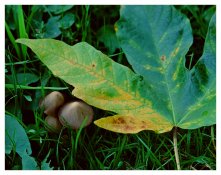Slide film is just great. The only thing I regret is that I hadn´t started shooting it years ago!
Overexposing slides will give better shadow detail, but in most cases you will end up with blown out highlights and pictures that are dull overall. Like the others, I would recommend some bracketing to start. Box speed, +- 1/2, 1 and 2 stops and you will get an impression of what slide film is capable. Since the latitude of slide film is rather narrow, I would also recommend to choose some scenes that are not too contrasty for the beginning, and do not include shadow areas at all. Careful metering is needed, best done with the incident method, which always worked great for me.



